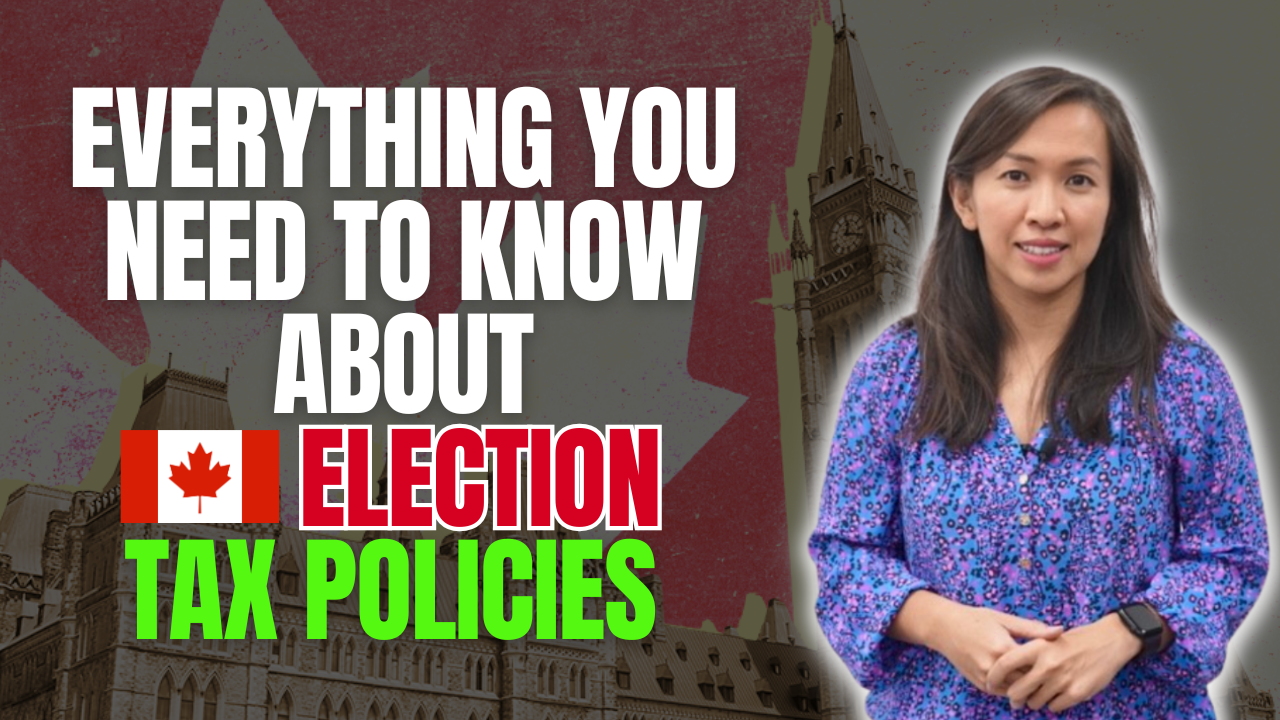Hello fellow real estate investors,
A lot of us have thought about building our dream home.
Some of us have even taken this grand plan into action. But only a few recognize the tax impact on building your home on a piece of vacant land.
To qualify and claim the principal residence exemption, the following criteria must be met
- Property must be a housing unit that can include the following-
- A house
- An apartment building or unit in duplex (we will discuss this further in another blog post), apartment building or condo,
- A cottage
- Mobile home or houseboat
- Leasehold interest or share of the capital stock of co-op housing corporation
- Ownership is required (you cannot claim principal residence exemption if you don’t own the property)
- The unit must be acquired for the sole purpose of ordinarily inhabited in it
- Property must be a capital property
- Property must be designated as principal residence by the taxpayer
Simple rules, aren’t they?
Say a taxpayer bought a lot with an old house in a nice neighborhood, his plan was to knock down the existing property and build a brand new house for him and his family to live in it. This process took 2 years to complete. He’s able to finally move into the property in year three.
He decided to sell the property in year four to move back into his previous residence.
More often than not, this taxpayer would be under the impression that the full gain is sheltered because he lived in the property in year three and year four (partially) and hence nothing is being reported on his personal tax return.
Upon sale, this taxpayer or the taxpayer’s accountant MUST undergo the “badge of trade” analysis to consider whether this property is a capital property. Meaning that if the taxpayer’s intention is to sell the property for a quick profit, together with other corroborative evidence demonstrated by the taxpayer’s behavior, the transaction can be considered to be a business activity. The property is not a capital property as a result. And the money earned from this property cannot be sheltered using principal residence exemption, despite the fact that he lived in the property before.
CRA and the tax court had requested analysis from the taxpayer or the taxpayer’s accountant in recent court cases to support the conclusion of a transaction as capital property transaction. When the taxpayer was unable to provide the analysis, the tax court tended to side with CRA and concluded that this property wasn’t a capital property. And hence principal residence exemption doesn’t apply.
Say we concluded that the property is a capital property with the sole intent by the taxpayer to live there, he is still not qualified to shelter the entire gain.
During the construction period, in years one and two, the taxpayer did not live in the property, therefore the gain for those two years are not sheltered as part of the principal residence exemption.
If the taxpayer made $100,000 capital gain on this property, we first need to calculate the per year based on the number of years owning the property. In this case, it is $25K per year.
Since he only lived in the property in year three and year four, he is only allowed to designate years three and four as the principal residence.
The Income Tax Act formula allows you to shelter the two years that you designated, PLUS ONE more year worth of gain. A total of three years of gain.
Hence, $25,000 x 3 = $75,000 gain is sheltered.
The taxpayer is still liable for $25,000 of gain at the time of sale. 50% is taxable and he will have to be taxed for the $12,500 net capital gain.
Proper form must be filed together with your tax return to reflect the sheltered portion and the taxable portion.
Until next time, have a great weekend!
Cherry Chan, Your Real Estate Accountant.




